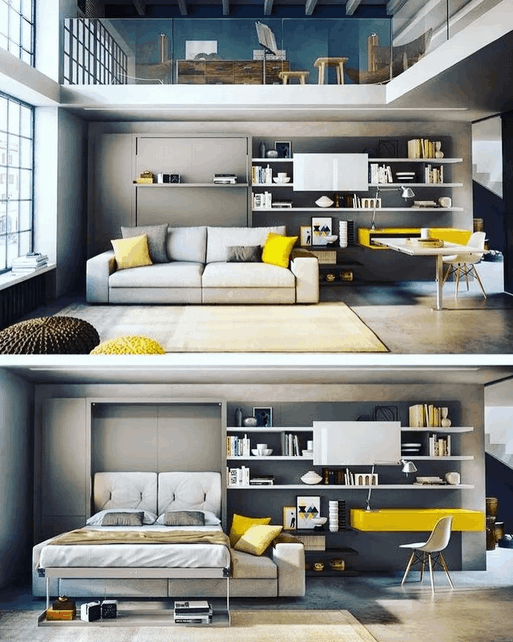Small Space Solutions
Living in a compact home doesn’t mean sacrificing style or comfort. Clever furniture choices and smart layouts can transform even the tiniest spaces. Multi-functional pieces, like fold-out tables or storage beds, help maximize utility. Light colors and mirrors create an illusion of openness, making rooms feel larger. Every inch counts, so thoughtful organization is key.
Vertical storage is a game-changer for small interiors. Wall-mounted shelves, hanging racks, and tall bookcases free up floor space. Open shelving in kitchens keeps essentials within reach without crowding countertops. Even corners can be utilized with custom-fit furniture or decorative baskets. The goal is to keep surfaces clutter-free while maintaining accessibility.
Furniture with slim profiles works best in tight areas. Armless chairs, nesting tables, and low-profile sofas maintain flow without overwhelming the room. Glass or acrylic pieces add functionality without visual weight. Modular designs allow flexibility, adapting to different needs over time. A minimalist approach ensures the space remains airy and uncluttered.
Lighting plays a crucial role in small-space design. Layered lighting—ambient, task, and accent—enhances functionality and mood. Recessed lights save ceiling space, while floor lamps with adjustable arms provide focused illumination. Mirrors placed near light sources amplify brightness, creating a more inviting atmosphere.
Decor should be intentional in compact living areas. A few well-chosen accessories add personality without causing visual chaos. Plants bring life to small spaces, especially hanging or wall-mounted varieties. Artwork should be scaled appropriately—one large piece often works better than several small ones.
Rugs can define zones in open-plan studios or multipurpose rooms. A subtle pattern or texture adds interest without shrinking the space. Avoid oversized rugs, as they can make the area feel cramped. Instead, opt for sizes that fit seating arrangements neatly.
Finally, embrace adaptability. Foldable, stackable, and convertible furniture allows spaces to evolve with your needs. A living room by day can become a dining area or workspace by night. The key is balancing practicality with aesthetics for a home that feels both functional and welcoming.
